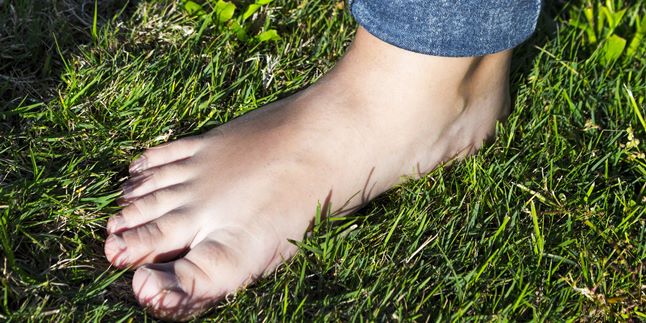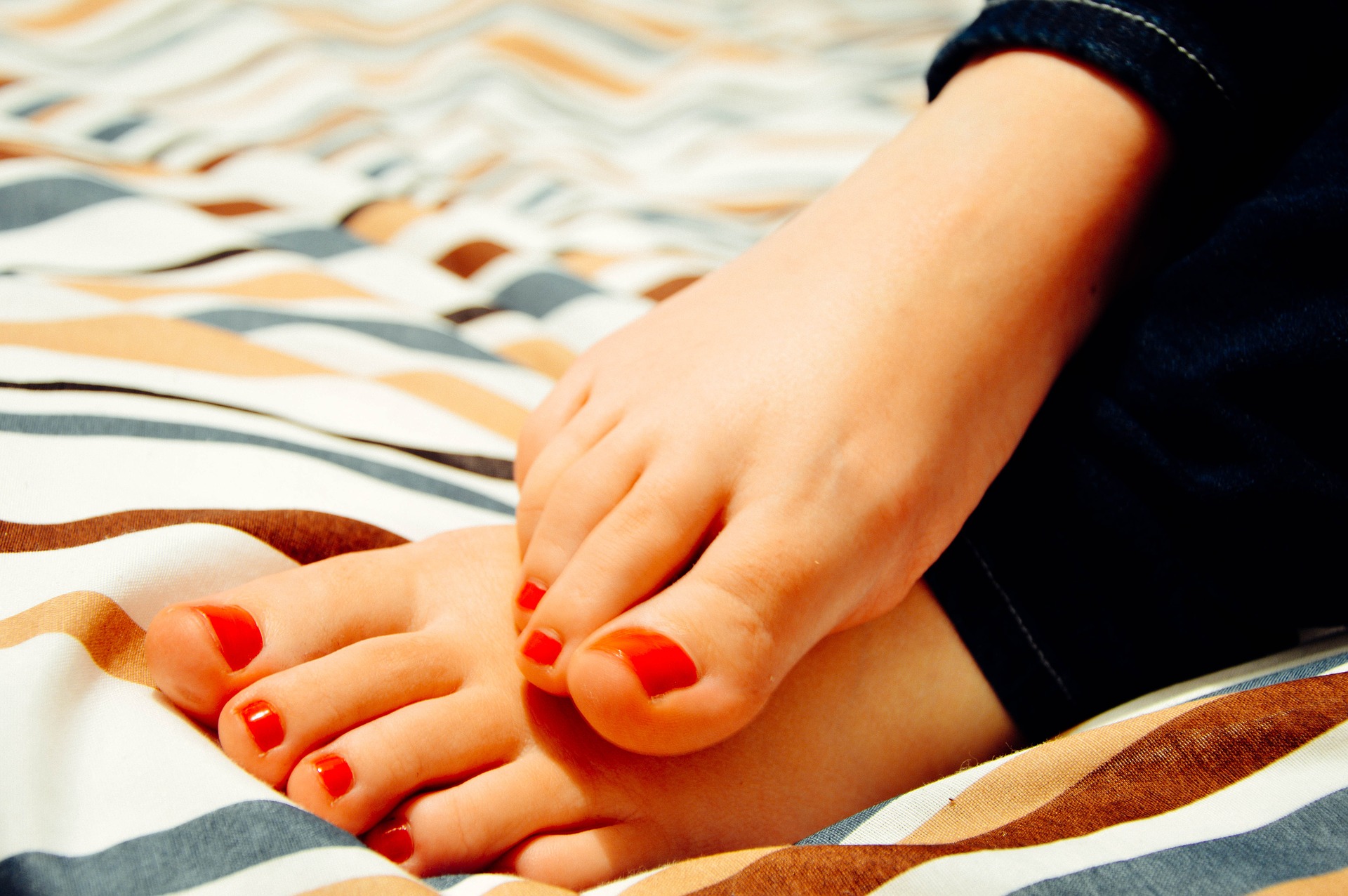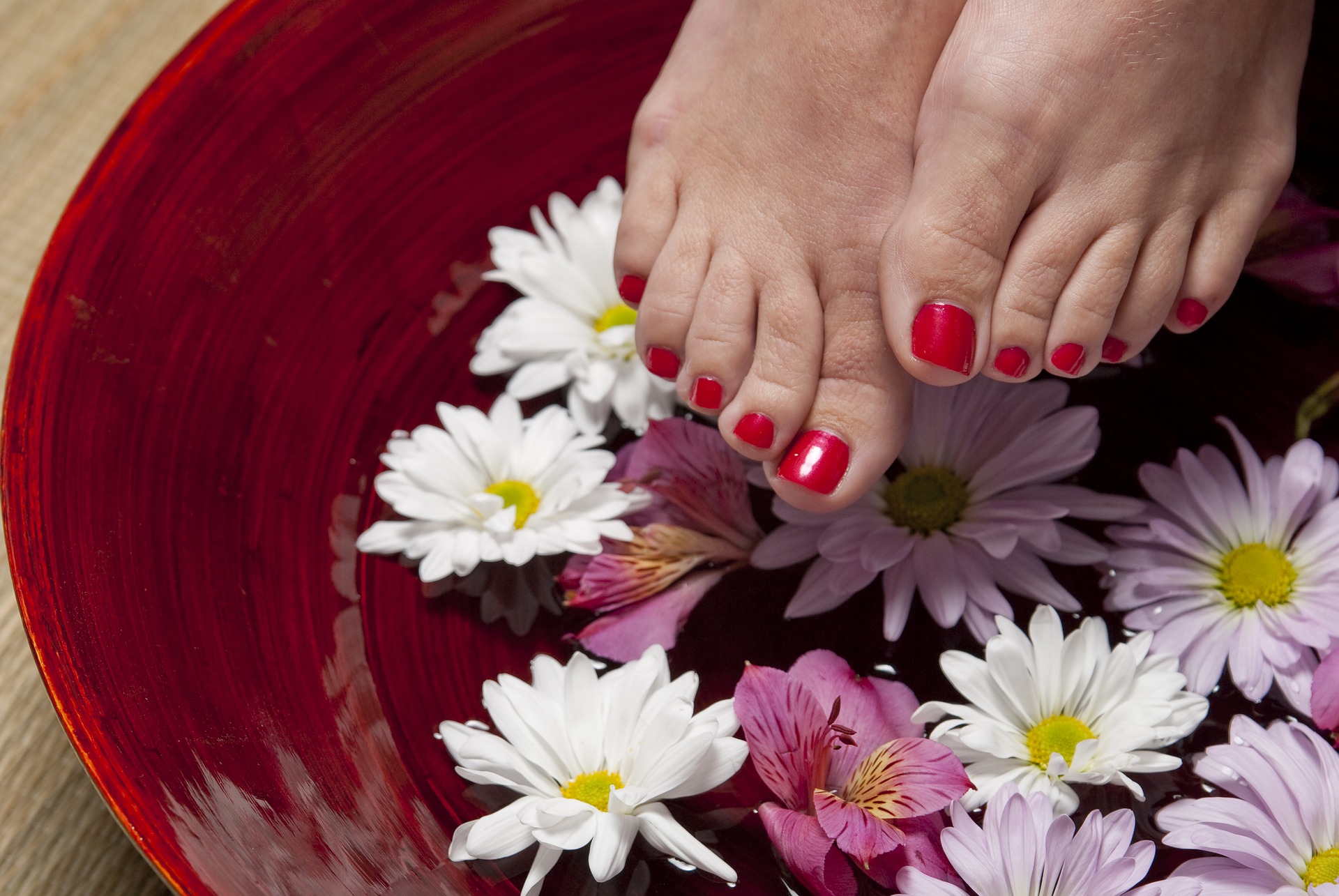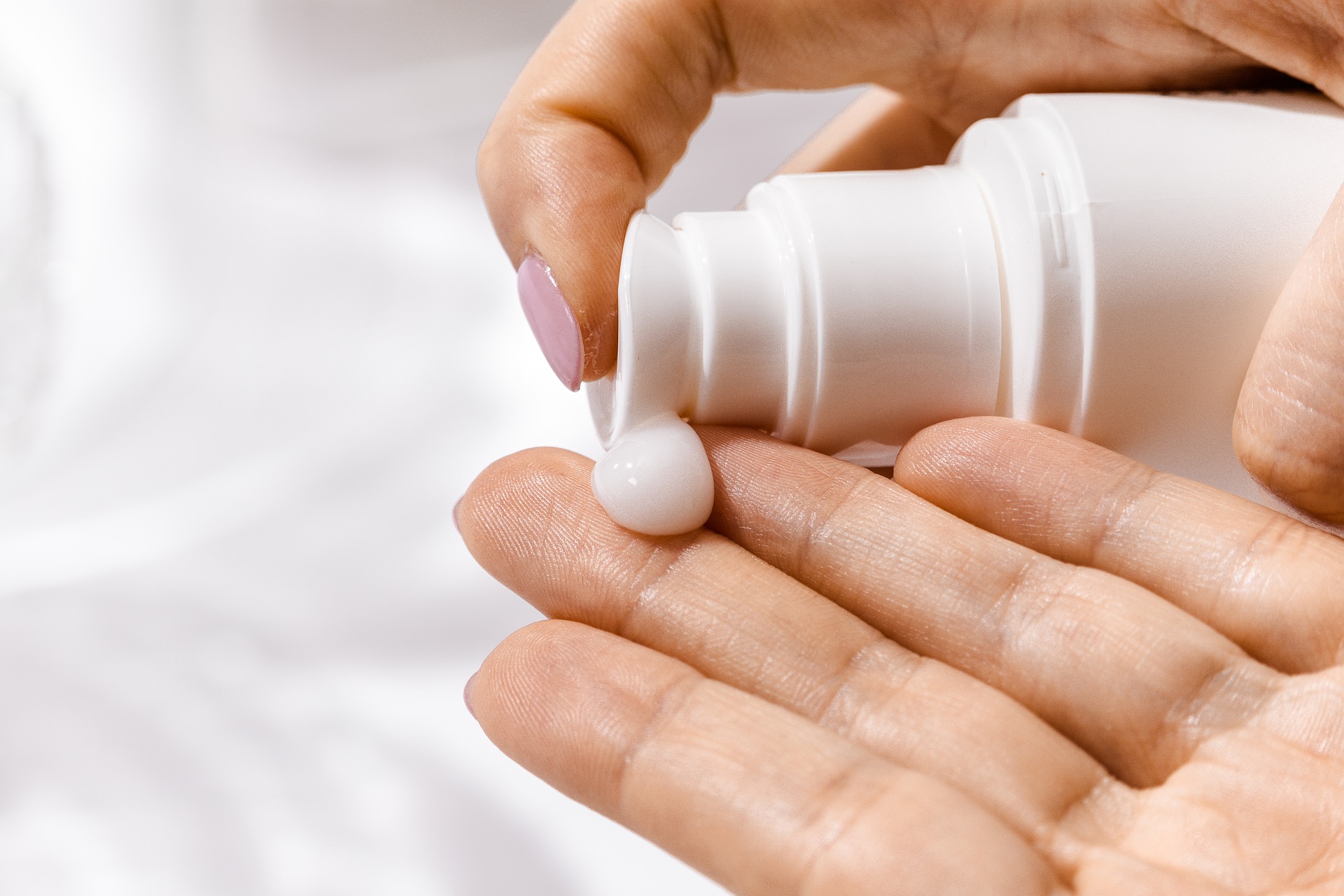63 Words of Habibie and Ainun About Love, Can Be an Expression of the Heart for Loved Ones
These are the words of Habibie and Ainun about love, can be an expression of the heart for loved ones. Let's check it out KLovers.

Kapanlagi.com - Ingrown nails are a common condition that occurs in someone. Ingrown nails grow on one side of the nail or the nail tip that enters the flesh around the nail. This condition is characterized by pain, swelling, and redness in the area around the ingrown nail. And usually, ingrown nails most often occur on the big toe. Actually, if it's not severe, there are several ways to treat ingrown nails.
Yes, you can treat ingrown nails yourself at home. However, if the condition is already too severe, it is better for you to come to the hospital. Because the more severe the ingrown nails, the more difficult it will be for us to walk. Because the pain and swelling will affect your activities. Treating ingrown nails is not difficult, KLovers, just do it regularly so that the ingrown nails heal.
Therefore, based on various sources, here are 5 ways to treat ingrown nails at home along with the causes and symptoms. Let's check it out, KLovers.

Illustration (Credit: Pixabay)
Before knowing how to overcome ingrown nails, you need to know the causes of ingrown nails themselves. Usually, the cause of ingrown nails is abnormal nail growth, causing the nail to grow into the skin and press on the surrounding skin and tissue. This incorrect nail growth also occurs due to various factors. And here are some factors causing ingrown nails:
1. First, cutting the nails in the wrong way. For example, cutting them too short or penetrating the edges of the nails.
2. Using shoes or socks that are too tight. This can press the toenail and make it grow into the skin.
3. Neglecting foot hygiene. Such as wearing footwear when the feet are wet or sweaty, which can cause fungal infections on the feet, making it easier for bacteria to enter.
4. Experiencing nail injuries, for example, due to tripping or being hit by a heavy object.
5. Having an unusual nail shape, such as curved toenails, which can potentially grow and pierce the flesh around the nail.
6. Furthermore, you have a family history of ingrown toenails. Yes, ingrown toenails can occur due to hereditary factors. For example, the shape of the same toenails.
7. Having a profession that requires repeated pressure on the nails, such as soccer players.
8. And finally, having a condition that causes the feet to sweat easily, such as hyperhidrosis.

Illustration (Credit: Pixabay)
There are also symptoms that you may experience when you have an ingrown toenail. Yes, these symptoms can worsen if no action is taken. Therefore, here are several symptoms of ingrown toenail that you may experience:
1. The first symptom of ingrown toenail is that your affected toenail will feel painful when touched or under pressure. Usually, you will feel pain when wearing tight shoes, and it can get worse if you stand for a long time.
2. The second symptom of ingrown toenail is that the skin around the affected toenail will swell, turn red, and harden. Once it reaches this stage, it will be difficult for you to wear shoes or stand and walk for too long.
3. And the third symptom is the last stage of severe ingrown toenail. There will be a buildup of fluid around the swollen area. This can also cause your skin to bleed or pus.

Illustration (Credit: Pixabay)
The first way to treat ingrown toenails is by soaking your feet in warm water. Yes, if the ingrown toenail you have is not too severe, you can treat it at home by using warm water.
The process is also not too difficult, you just need to soak the affected foot in warm water for 15-20 minutes. Do this 3 times a day to soften the flesh and nail, so that you can easily cut it using nail clippers.

Illustration (Credit: Pixabay)
In addition to soaking with warm water, you can also soak your feet using apple cider vinegar. Besides softening the skin and nails to make it easier to cut when ingrown, apple cider vinegar also contains antiseptic, analgesic, and anti-inflammatory properties that can heal ingrown toenails.
The way to treat ingrown toenails is easy, KLovers. You only need to mix a quarter cup or about 60 ml of apple cider vinegar into a basin of warm water. Soak your feet for 20 minutes, then dry them. Do this regularly so that your feet can heal quickly.

Illustration (Credit: Pixabay)
Applying antibiotic cream or ointment to an ingrown toenail can actually help with healing and prevent infection. You can apply the antibiotic cream or ointment three times a day to the ingrown toenail. However, it is important to always use a gauze bandage on your toenail.
In addition, during the ingrown toenail, it is recommended to wear socks that fit properly. It is even advisable to wear sandals for a while until the ingrown toenail is completely healed. Besides the ointment, you can also take pain relievers such as paracetamol, ibuprofen, and naproxen.

Illustration (Credit: Pixabay)
The ingrown toenail should be wrapped with a bandage, KLovers. Covering the toe with a bandage at least helps maintain nail hygiene and prevent dirt from entering and infecting the damaged nail, as well as worsening the ingrown toenail.
Using cotton or gauze is not too difficult. You just need to take a small piece of cotton or gauze, then roll it up. Next, gently lift the edge of the nail and place the cotton or gauze underneath the ingrown nail.
Try to place the cotton ball below the nail border to shift the nail in the right direction. Cotton and gauze at least help reduce pressure on the affected flesh. Although this method may be uncomfortable, it can reduce pain in the ingrown toenail area.

Illustration (Credit: Pixabay)
And the last way to overcome ingrown nails is by avoiding using tight shoes. Yes, using tight shoes will worsen the condition of your ingrown nails, KLovers. In fact, the pain in the ingrown nails can be very severe.
In addition, tight shoes can also press on the ingrown nails, worsening the condition. Not only shoes, you also need to avoid using high heels for the same reason.
Those are 5 ways to overcome ingrown nails at home. If the ingrown nails you are experiencing are not too painful, then treat them as soon as possible, KLovers. But if it's severe, you need to consult a doctor.
(kpl/dhm)
Cobain For You Page (FYP) Yang kamu suka ada di sini,
lihat isinya
These are the words of Habibie and Ainun about love, can be an expression of the heart for loved ones. Let's check it out KLovers.
Dialogues or narratives in films often become favorite quotes to express feelings. Magic Hour quotes, for example, are quite popular film quotes. Viewers discuss them continuously when this film is aired.
Here are 120 words for hypocrites that stab, becoming subtle and elegant satire. Let's check it out KLovers.
According to the definition of verbs used to indicate a certain action or experience, mental verbs are not much different. This is the definition of mental verbs.
The role of parents is important in the growth and development of children. There is no prohibition on sending children to schools that are considered to have various ways or methods to make children intelligent, but parents should not forget that a child's first education starts at home.
Here is a list of beautiful and lovely Islamic baby girl names, along with their meanings. Let's check it out.
Perhaps at first, you will feel doubtful and afraid if your feelings are not reciprocated. Therefore, before conveying these romantic love words in English, you need to strengthen your heart and prepare yourself to accept whatever reality may occur.
Generally, the symptoms of cytokine storms in covid-19 patients can disrupt the respiratory system and even cause high fever. So what is a cytokine storm? Check out the following review, KLovers!
In a relationship, there are situations that cause one partner to feel jealous. For example, when the partner is too close to someone else or too busy with work. When feeling jealous, you have the right to express it in English.
According to Islamic views, dreams may hold hidden meanings, as narrated in the stories of the prophets. So, what is the meaning of dreaming of meeting someone according to Islam?
There are many ways to make the morning more enthusiastic. One of them is by reading and interpreting morning motivational words.
Providing words of 'good night' can also be a good night wishes for someone special.